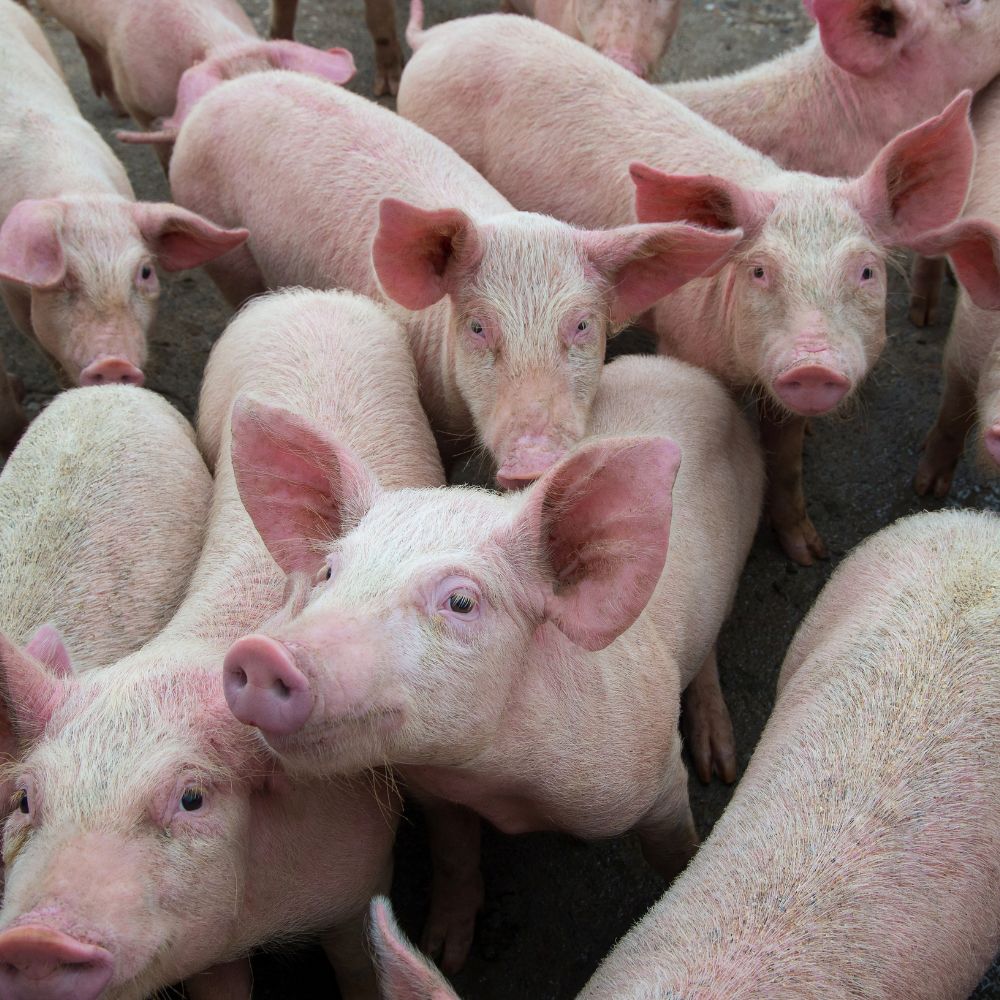Comprehending Livestock Danger Security (LRP) Insurance: A Comprehensive Guide
Browsing the world of animals threat protection (LRP) insurance coverage can be an intricate endeavor for numerous in the agricultural sector. From exactly how LRP insurance policy operates to the numerous coverage options available, there is much to uncover in this extensive overview that might potentially form the way animals producers approach danger administration in their services.

How LRP Insurance Coverage Works
Sometimes, comprehending the mechanics of Animals Danger Security (LRP) insurance coverage can be intricate, but damaging down exactly how it works can provide clarity for farmers and ranchers. LRP insurance policy is a danger monitoring device developed to protect animals producers against unanticipated price decreases. The plan allows producers to set a protection level based upon their certain requirements, picking the variety of head, weight range, and insurance coverage price. As soon as the plan is in area, if market prices drop listed below the protection price, producers can submit an insurance claim for the difference. It is very important to keep in mind that LRP insurance coverage is not a revenue assurance; instead, it focuses solely on cost threat security. The insurance coverage period commonly varies from 13 to 52 weeks, providing versatility for manufacturers to select a period that aligns with their production cycle. By utilizing LRP insurance coverage, ranchers and farmers can mitigate the monetary threats connected with fluctuating market costs, ensuring higher security in their procedures.
Eligibility and Coverage Options

When it comes to protection options, LRP insurance coverage provides producers the flexibility to select the insurance coverage degree, coverage period, and endorsements that best suit their risk monitoring requirements. By recognizing the eligibility requirements and insurance coverage alternatives available, animals producers can make informed decisions to manage threat successfully.
Benefits And Drawbacks of LRP Insurance Policy
When examining Livestock Danger Defense (LRP) insurance, it is important for animals manufacturers to weigh the disadvantages and advantages inherent in this threat management device.

One of the main benefits of LRP insurance coverage is its capability to offer security versus a decline in livestock costs. Furthermore, LRP insurance uses a level of adaptability, enabling manufacturers to customize coverage levels and plan periods to suit their specific needs.
However, there are additionally some downsides to think about. One constraint of LRP insurance is that it does not secure versus all types of threats, such as illness outbreaks or natural catastrophes. Premiums can in some cases be expensive, especially for manufacturers with huge animals herds. It is vital for producers to meticulously examine their specific threat direct exposure and financial situation to determine if LRP insurance is the ideal threat monitoring tool for their operation.
Recognizing LRP Insurance Premiums

Tips for Taking Full Advantage Of LRP Conveniences
Taking full advantage of the advantages of Livestock Threat Security (LRP) insurance policy needs tactical preparation and aggressive threat management - Bagley Risk Management. To make the most of your LRP coverage, think about the complying with tips:
On A Regular Basis Assess Market Problems: Keep educated about market fads and rate variations in the animals market. By keeping track of these variables, you can make enlightened choices concerning when to purchase LRP insurance coverage to secure against possible losses.
Set Realistic Coverage Degrees: When choosing protection degrees, consider your production expenses, market value of animals, and possible threats - Bagley Risk Management. Setting realistic coverage levels makes sure that you are adequately safeguarded without overpaying for unneeded insurance coverage
Diversify Your Protection: As opposed to counting entirely on LRP insurance, think about expanding your risk administration strategies. Combining LRP with various other danger administration tools such as futures contracts or alternatives can give detailed insurance coverage against market uncertainties.
Review and Change Insurance Coverage Routinely: As market problems transform, regularly review your LRP protection to ensure it lines up with your present danger direct exposure. Changing coverage levels and timing of purchases can aid maximize your danger defense approach. By following these pointers, you can make best use of the advantages of LRP insurance and safeguard your livestock procedure versus unanticipated risks.
Conclusion
In final thought, animals danger security (LRP) insurance is an important tool for farmers to handle the monetary threats linked with their livestock operations. By understanding just how LRP works, qualification and coverage choices, as well as the advantages and disadvantages of this insurance policy, farmers can make informed decisions to safeguard their incomes. By thoroughly taking into consideration LRP costs and carrying out strategies to make the most of benefits, farmers can mitigate possible losses and ensure the sustainability of their procedures.
Livestock manufacturers interested in acquiring Animals Risk Defense (LRP) insurance can discover a variety of eligibility criteria and coverage choices customized to their details livestock procedures.When it comes to protection choices, LRP insurance coverage provides manufacturers the flexibility to pick the coverage degree, go to my site insurance coverage Resources duration, and recommendations that ideal fit their risk administration needs.To realize the details of Livestock Risk Defense (LRP) insurance policy fully, comprehending the aspects affecting LRP insurance coverage costs is essential. LRP insurance policy costs are identified by numerous aspects, including the coverage level selected, the expected cost of livestock at the end of the coverage duration, the kind of animals being guaranteed, and the size of the insurance coverage period.Evaluation and Readjust Coverage Routinely: As market problems transform, periodically review your LRP protection to guarantee it aligns with your existing threat direct exposure.